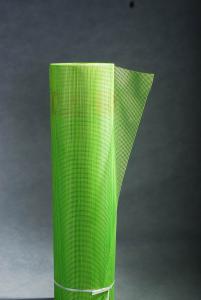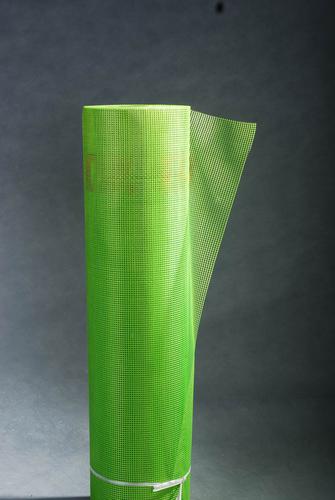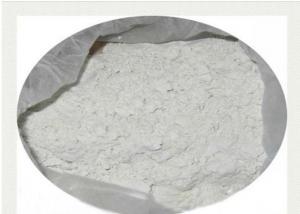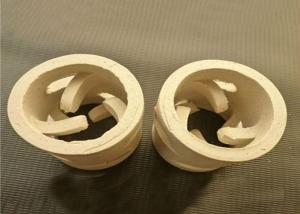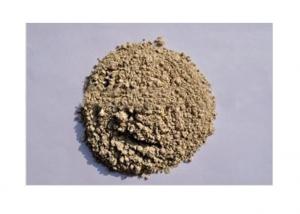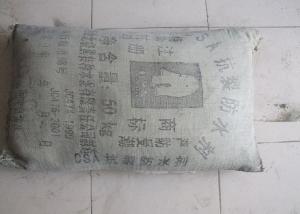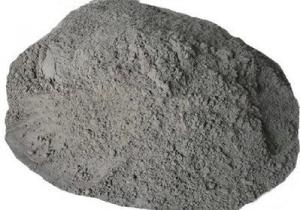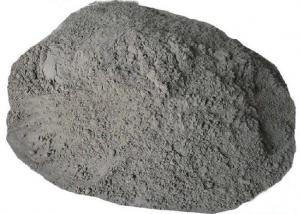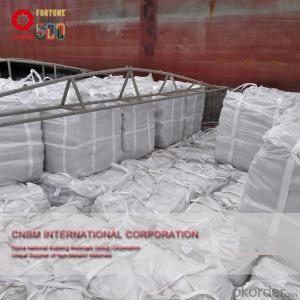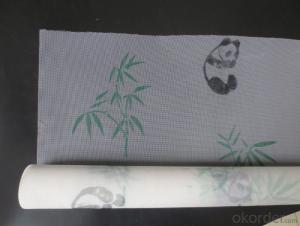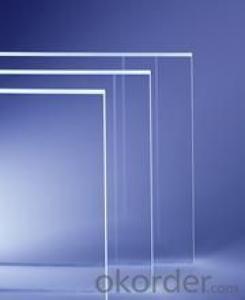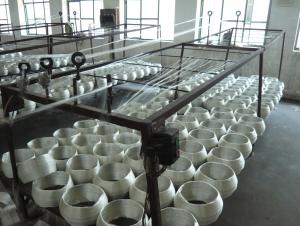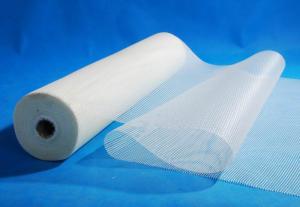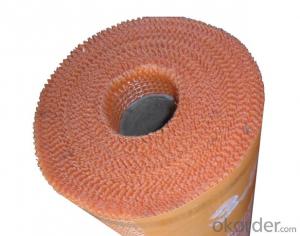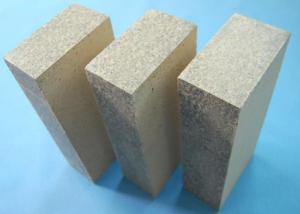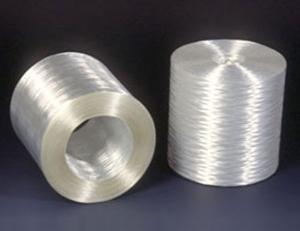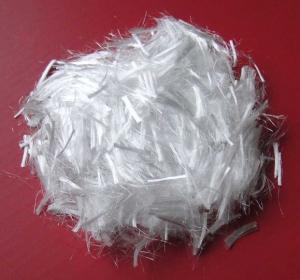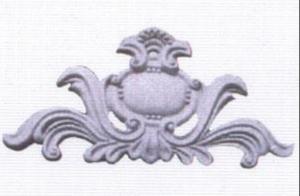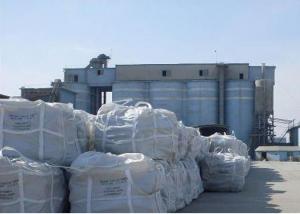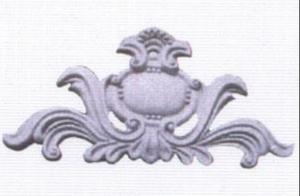Coated AR Glassfibre Mesh
- Loading Port:
- China Main Port
- Payment Terms:
- TT OR LC
- Min Order Qty:
- -
- Supply Capability:
- -
OKorder Service Pledge
OKorder Financial Service
You Might Also Like
Specification of Coated Alkali resistant Fiberglass Mesh Cloth has passed ISO9001:2000 CE ITB Certificate.It's ideal construction material.
Fiberglass Mesh is woven by fiberglass yarn, then alkaline-resistent latex coated. It owns great alkaline-resistent and high strength. As a perfect engineering material in construction, it is widely used to reinforce cement, stone, wall materials, roofing, gypsum and so on.
Fiberglass Mesh Specification:
Mesh Size | Density | Width | Length per Roll | Color |
(mm) | (gr/m2) | (mm) | (m) |
|
2*2 | 30-600 | 100-2000 | 10-1000 | All Colors |
2.5*2.5 | ||||
4*4 | ||||
5*5 | ||||
4*5 | ||||
5*6 | ||||
10*10 |
Specifications can be made as per customers requirements.
High Quality
(1) Coating glue: our coating glue is produced by Germany BASF which can keep more than 70% after days NaoH test.
(2) The fiberglass yarn is manufactured by ourselves. We have 60 Platinum Crutinum to produce glass fiber, it owns 20% more strength and beautiful surface than normal fiberglass yarn.
Package:
Each Fiberglass Mesh Roll is put into PVC bag or Shrink Bag, and then put into Carton or Pallet.
Payment:
T/T 30% in advance, T/T 70% after loading goods on board.
Your enquiry is warmly welcomed and treated with more attations.
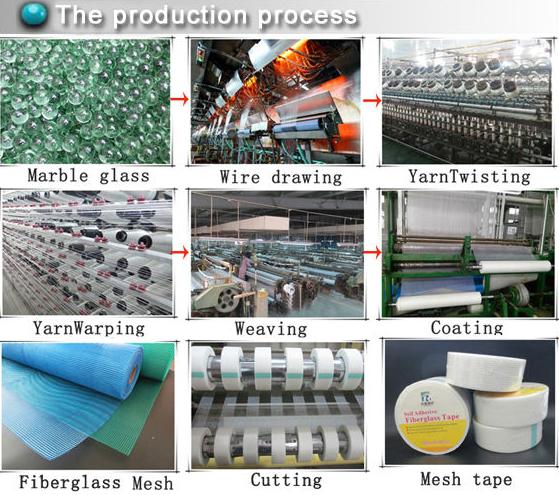
- Q: tomorow we have an activity onquot;how to mix concretequot;in the mix is: cement, sand, gravel and water..we need to know the ratio of this 4 factorsbecause the usual mix that we know isone bag of cement is to 2 cubic foot of sand and gravel...but the question is if wer going to use only 15% of cementwats the ratio with regards to gravel and sand and water
- Hello Claire,, If you mix a cup or a truck load the ratios are the same. For a 3500 psi compressive load its 1 cement to 2 sand 2gravel....Now to be more accurate ,,If you calculate the cubic feet in a cubic yard there is 27 or 3^3...Now when the ASTM set up the Std ratio they based it on cubic feet. A 94lb bag of portland cement is one cubic foot in volume. It has been determined that a 5 sack per cubic yard mix yields 3000 psi compressive strength. A six sack mix yields a 3500lb compressive strength. so actually for 3000 the ratio is 5:27 and 6:27 for 3500 psi.. so for the 3500psi that's 1 cement to 2 1/4 sand and 2 1/4 gravel. When mixing in small batches. LIke your going to do just use a shovel put in 1 shovel of cement 2 sand and 2 gravel. For masonry mortar there are different amounts and materials . A cubic foot is approx equal to 7 shovels full..15% of the bag will take about 2 shovel fulls..A shovel full is subject to the capacity of the person with the shovel..Any way good luck and have fun..from the E
- Q: Where does slag cement is best utilized? Which stage of construction it is to be used?
- Slag is a by product of steel production. It is added to concrete to replace cement in concrete. Concrete with slag is easier to work and less susceptible to freeze thaw cycles. There are other benefits as well. Concrete with slag is being used in road construction in some states. I say some states because not all states have done enough teting to be satisfied with using concrete with slag.
- Q: I am planning to build a wooden wall in my crawlspace. It is a large, dry space and would be great for storage. The wall would be about 6ft x 32ft and would run along the inside of the cement foundation. Can I attach it to the cement foundation or to the wooden beams running along the top? Or does that cause weakening of the foundation or other problems. If I can't, does anyone know a good way to make the wall sturdy without attaching it to anything (I just want to attach some peg board and shelving to it). Thanks for any advice!
- Wood against the cement wall is not a good idea. Moisture from the ground usually seeps in through concrete, and evaporate from the floor. and the wood will soak it up, grow moldy and rot. If you are planning to use it for storage the best course of action would be to encapsulate it instead. That means lining the whole crawl space, floor and walls with a 20mil poly sheet (like a pool liner) specially developed for this purpose, and then install a conditioning system to blow air from the upstairs into the crawl, keeping it dry. Besides protecting your crawl space and stored items from moisture, termites etc... encapsulation makes your whole house at least 18% more energy efficient. It is recommended by the US Department of Energy's Building America as Best Practice. I am adding the link to Advanced Energy website. There you will find videos explaining the process and a ton of studies conducted by them on crawl spaces, as well as to another website about Crawl Spaces.
- Q: Crack in cement floor of resdential ranch, crack runs left to right ( if facing front of house), tile was taken up and I verified that there was no moisture coming through. I checked around walls and did not see any indication that the cement floor has dropped. I am thinking it might be caused by roots? (very big pin oak (2 of) 15-20 feet away from house, ). If it is roots, would slab jacking be a waste untill roots are taken care of ?Thanks!
- I am interested about it. But it is the same questions of me. What's the solution of that.
- Q: I primed my CPVC pipe with the purple stuff and then used PVC cement instead of CPVC cement. Is this going to be a problem? What is the risk?
- First off CPVC and PVC are two different chemical make up. And yes One Cement is not intended to work with another. The worst that could happen is that the fitting could fail and flood. One of the differences is that PVC can only handle cold temperatures. CPVC can handle both hot and cold temperatures. Here in Texas PVC pressure pipe is against code inside a building. The best thing to do is cut out that fitting and replace with proper cement.
- Q: I want to do building business business sand cement stones. The (Need to add) What equipment needs to invest about how many predecessors advice about how business can do well.
- Forklift dump truck is sure to prepare the proposal with 50 check the car can quickly load the vehicle range of the general do this are the supply of materials and more like the project needs more building materials from the profits to ensure that investment at least 50 million (This is the smallest number of very difficult yo)
- Q: what is the best kind of cement for filling cracks in foundations?
- I would not suggest cement. There are epoxy systems for strucural repairs or several types of products for water infiltration. Using cement will cause a mess and won't do either of the above with small cracks.
- Q: RECENTLY BOUGHT A HOME AND WHAT APPEARS TO BE AN OUTDOOR TRASH CAN THAT IS MADE OF STONE AND CEMENTED INTO THE GROUND. HOW WOULD I BE ABLE TO REMOVE IT AND HOW FAR IN WOULD IT BE IN THE GROUND. IS THIS COMMON FOR 1950S BUILT HOUSE.
- First: Next to the letter A key on your keyboard, there's a key called Caps lock. Tap it once so that the light called Caps Lock goes off. 98% of the people on the entire internet do not like when you type with all capital letters. Now, on to the trash can issue. If it was me I would take these steps: 1. Revisit whether or not to actually remove the can. Weigh benefits and costs of keeping it there. Since I don't know your main plan, I can't help here. 2. You'll need these tools: Chisel (cold?coal?), sledge hammer, lots of energy, and a bad attitude. 3. Use the sledge hammer to knock the snot of the concrete. Haul away the chips. Repeat.
- Q: whats the differenc`e between concrete and cement?
- Concrete is a mix of gravel, sand, and cement; the exact proportion is governed by the desired end use. Often there are some other additivies depending upon the exact end use. Cement, usually portland cement is one component of concrete. I could go on and on about the chemical nature of portland cement, how it is made, why it does what it does as well as discuss what it does but that would require a lot more space than this forum allowes and a lot more ambition than I have to type it all in.
- Q: Also which of the stars has put there real barefeet into the cement.
- thank you everyone for answering
Send your message to us
Coated AR Glassfibre Mesh
- Loading Port:
- China Main Port
- Payment Terms:
- TT OR LC
- Min Order Qty:
- -
- Supply Capability:
- -
OKorder Service Pledge
OKorder Financial Service
Similar products
Hot products
Hot Searches
Related keywords
